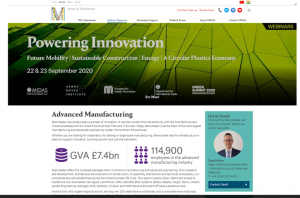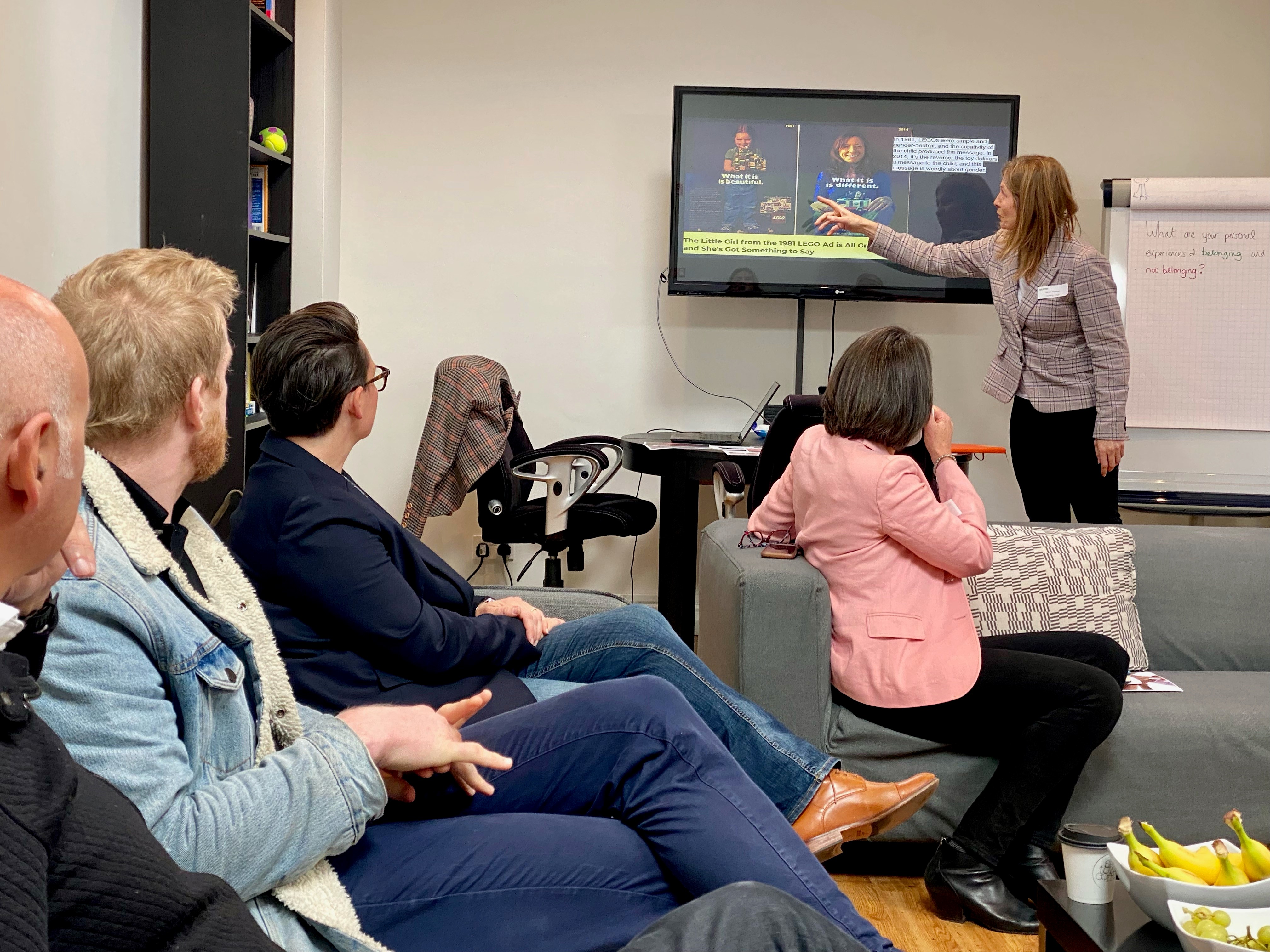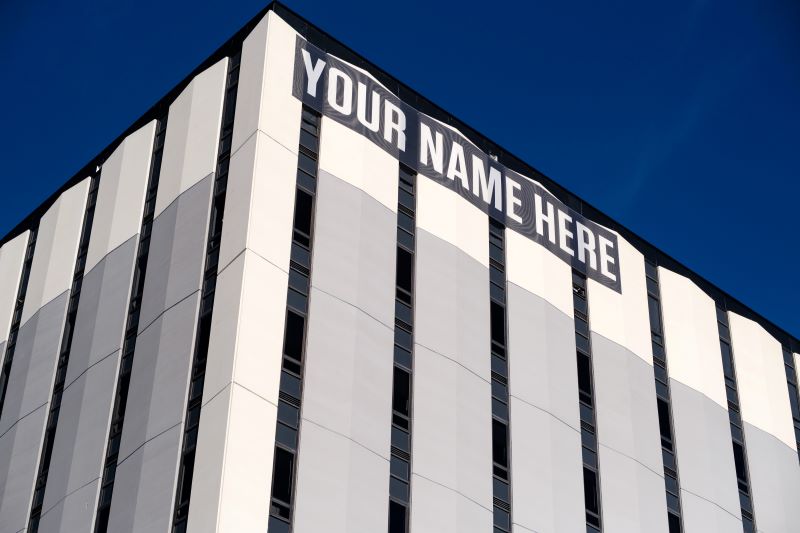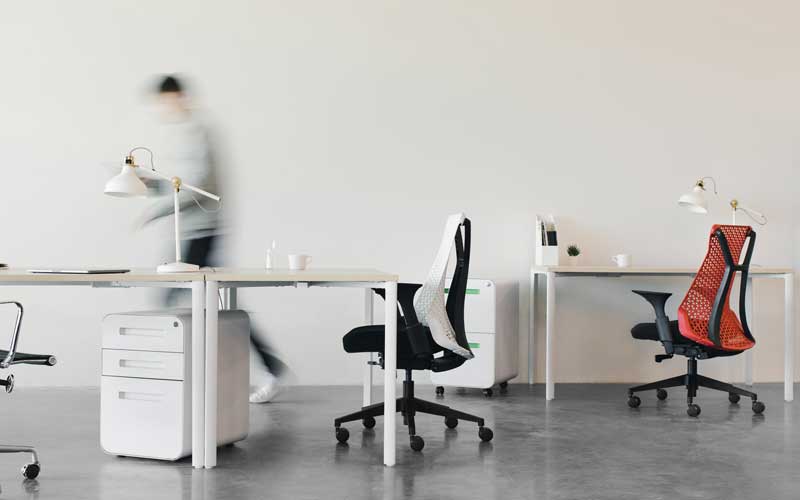Connect with us on LinkedIn for updates and the latest industry news
It was a real privilege to speak on a webinar for business leaders from across the North West earlier this month on the topic of resetting culture after Covid.
I’d done something similar for the ECB (England and Wales Cricket Board) in July, and this opportunity to support the Advanced Manufacturing Forum (AMF) was lined up by Jim Rothnie. He’s part of the Steering Group for AMF, an independent group which aims to drive transformational change and shape the region’s future. Jim is also Chief Growth Officer – EMA at Craft WW, and Business Development Adviser at Leading Edge.
 The phrase cultural reset could give the impression that you need to take everything back to square one. But if you think of culture as ‘how it is around here’ (which is how we at Leading Edge describe it within our Point of View on Change), then it’s hopefully not a huge leap to see how every business or sports team is probably looking at needing a reset at some level – perhaps a tweak, perhaps something larger scale. I can’t think that there’s any organisation, in any sector, whose culture won’t have been affected in some way in the past six months.
The phrase cultural reset could give the impression that you need to take everything back to square one. But if you think of culture as ‘how it is around here’ (which is how we at Leading Edge describe it within our Point of View on Change), then it’s hopefully not a huge leap to see how every business or sports team is probably looking at needing a reset at some level – perhaps a tweak, perhaps something larger scale. I can’t think that there’s any organisation, in any sector, whose culture won’t have been affected in some way in the past six months.
When we talk about culture, we’re really describing the day-to-day: the behaviour you need your people to display to fulfil your strategy and reach your mission. So if any of your why/what/how have changed – planned or otherwise – you need to be thinking about resetting your culture.
Lots of examples come to mind of strong cultures and the resulting cultural shift. In hospitality, for example, where a culture built around always giving ‘the best’ welcome now looks and feels very different. When an organisation’s or team’s culture is founded on social interaction, then doing less of that will make the environment feel unfamiliar. That can be tough to get used to. And if a culture is very process-driven, then everyone who’s now working remotely might need to put to one side a way of working that’s been ingrained in a culture for so long.
When you think about the impact of Covid across different sectors – manufacturing, retail, travel – you can see how what a culture was previously built on is probably not what it’s built on today. As the examples highlighted, so much will have changed.
Transitioning to a high-performance culture
It’s helpful to break down high-performance culture into six steps, and it was great to explore insights and scenarios around these with AMF as they set about shaping the industrial strategy for the North West around cultural reset.
Finding a higher purpose that unites is where it begins in our view at Leading Edge, aiming for more than winning or hitting a sales target. In sport, it’s what brings the entire club together – it’s not just about the players selected for that particular game.
Part of moving to a new culture or resetting is defining the behavioural shift that’s needed and being aware that some people will need more guidance in knowing what those behaviours are than others will.
Collectively visualising and naming the required changes as a group will help bring everyone along. People need to see and feel a new culture – remembering that culture is ‘how it is around here’, not descriptions of what should happen on a poster in the room – so visualise what people will see / hear / feel when the organisation is that way. Help them to name it in language that’s natural and comfortable.
Design and build a living environment that ‘powers up’ your culture so that people can explore how to be the culture. Using logical levels of identity, beliefs and values, capability, behaviour and environment helps to understand and work through individual and organisational barriers to change.
When you start to get people on board, you know it will be a positive build. But creating a movement needs ‘first followers’. Derek Sivers’ first follower theory is all about the importance of the first person to support the initiator, however crazy their idea or actions. By supporting them, first followers make the initiator’s viewpoint seem more credible, and this makes it less risky for more and more people to think ‘we’ll join in too’. Creating a ‘movement’ will move change forward.
And to accelerate high performance and make a new culture become the new norm, it needs to be sustainable and go beyond being a New Year’s resolution. Keep reminding people, with examples, of what’s good about this new place, this new culture, and help people to see their first steps to making it ‘how it is around here’. People need to keep seeing the positives and keep those stronger and more important than any resistance they feel or experience.
Cultural reset in industry
That was a bit of a whistle-stop tour! On the webinar, we had a fantastic Q&A session. I particularly enjoyed being part of an interesting debate around the specific challenges of manufacturing industry as to whether having established, long-serving employees makes it harder or easier to change a culture. Great insights were shared – and as often is the way, we could have carried on the discussion for a while.
Now is definitely the time to pause, check in on culture and be clear on what it currently looks and feels like after everything individuals, teams and organisations have experienced recently.
The question for us all is “How do we want it to be around here?”… because that’s the start point to resetting culture and defining new behaviours.




